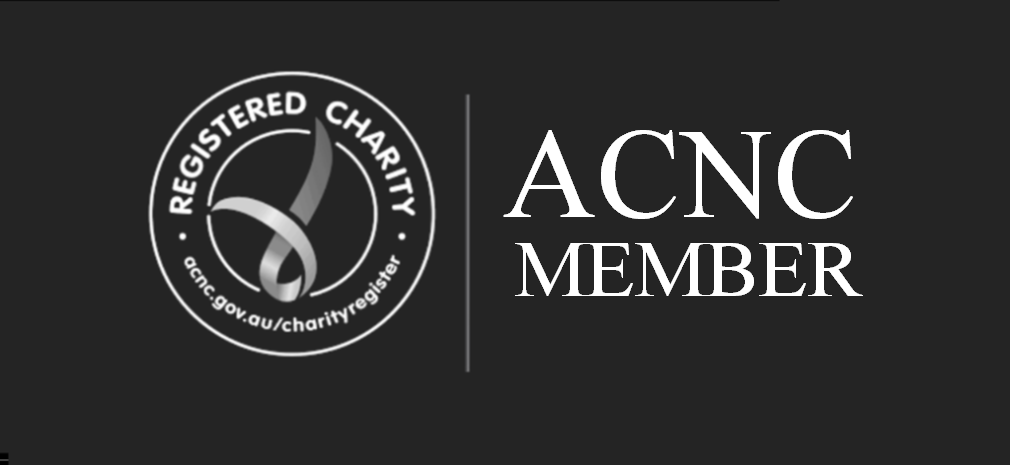Verifier
A governing instrument which outlines the relevant rules for a not-for-profit entity and is available on the organisation’s website.
Guidance
Different organisations operate under different structures. While ACFID does not advocate the adoption of any particular model, the ACFID Code of Conduct requires that the structure of the signatory organisation is clearly documented through a governing instrument, with a clear statement of purpose that seeks to provide a benefit to the public, and clauses or rules that relate to charitable purpose or not for profit nature. A not-for-profit entity is one that does not operate for the profit, personal gain or other benefit of particular people.
The following are example clauses that would show that the organization is not-for-profit:
- Not-for-profit clause: The assets and income of the organisation shall be applied solely in furtherance of its objects and no portion shall be distributed directly or indirectly to the members of the organisation except as bona fide compensation for services rendered or expenses incurred on behalf of the organisation.
- Dissolution or Winding up clause: In the event of the organisation being dissolved, the amount that remains after such dissolution and the satisfaction of all debts and liabilities shall be transferred to another organisation with similar purposes which is not carried on for the profit or gain of its individual members.
Some Commonwealth, state and territory incorporating regulators provide template or ‘model’ governing documents for charities with certain legal structures.
The ACNC also provides a template constitution for a small company limited by guarantee with charitable purposes which can be found in the Resources Section below.



